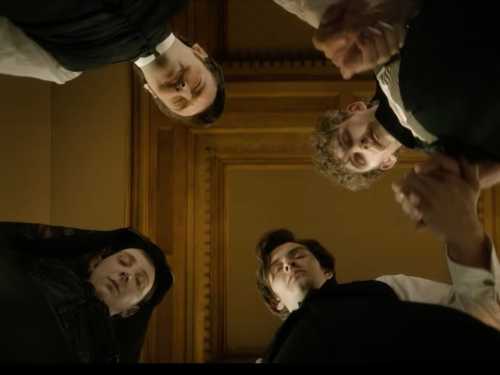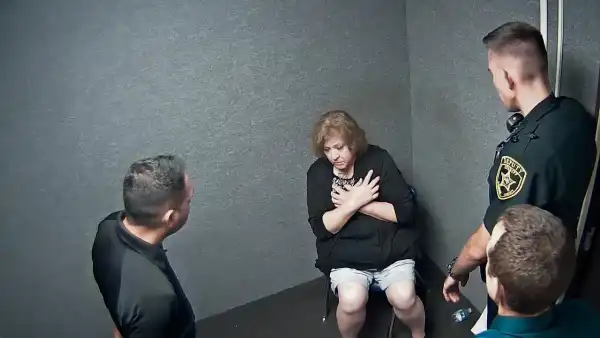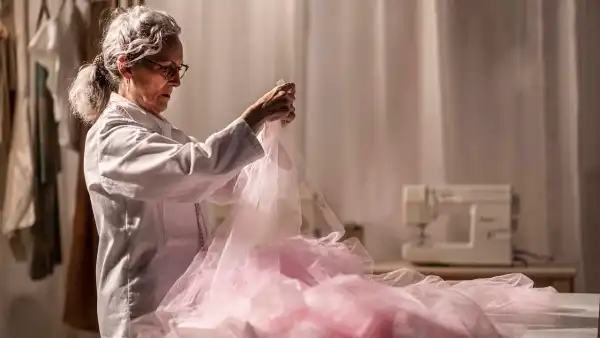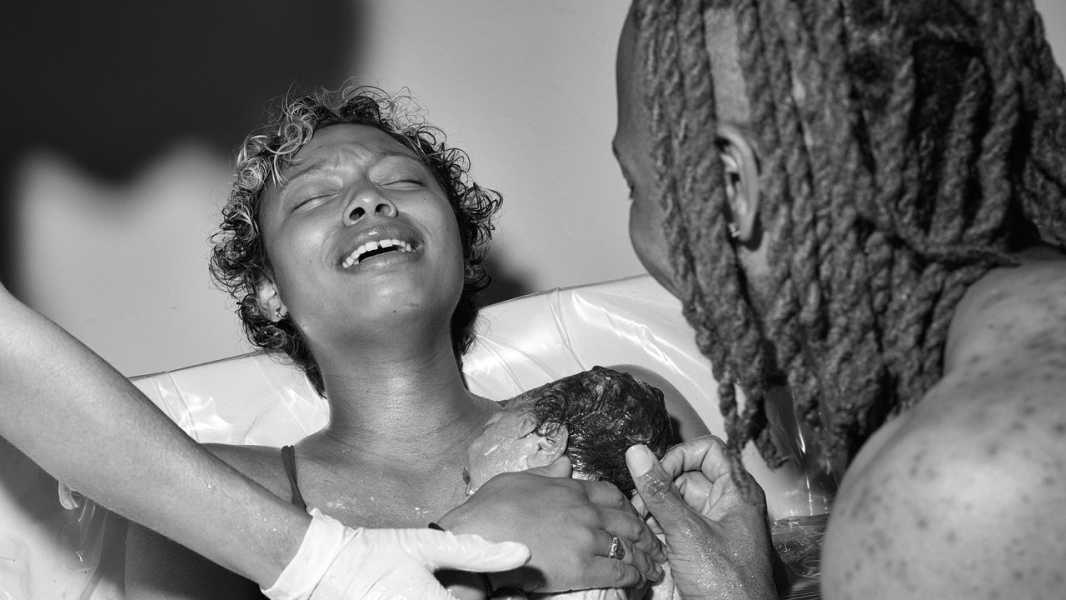
Save this storySave this storySave this storySave this story
In the early, terrifying days of the coronavirus pandemic in the United States, many hospitals required pregnant women to labor while wearing a mask, or to give birth without partners or other loved ones present. Soon, midwives reported seeing a surge of interest from women who wanted to have their babies at home. The photographer Maggie Shannon began following some of these midwives in the Los Angeles area—including one who, for a time, performed prenatal checkups in outdoor tents in front of her clinic—and capturing their patients during labor.
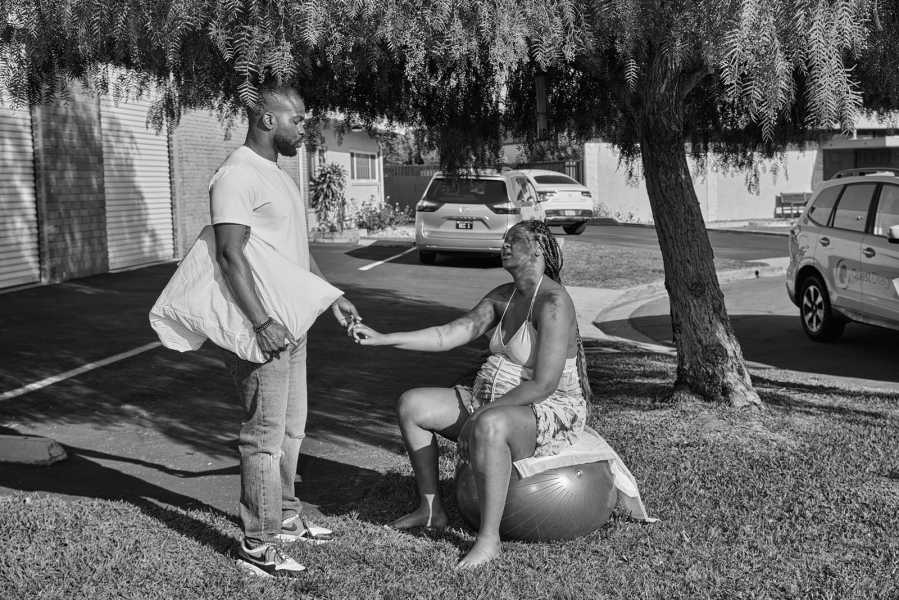
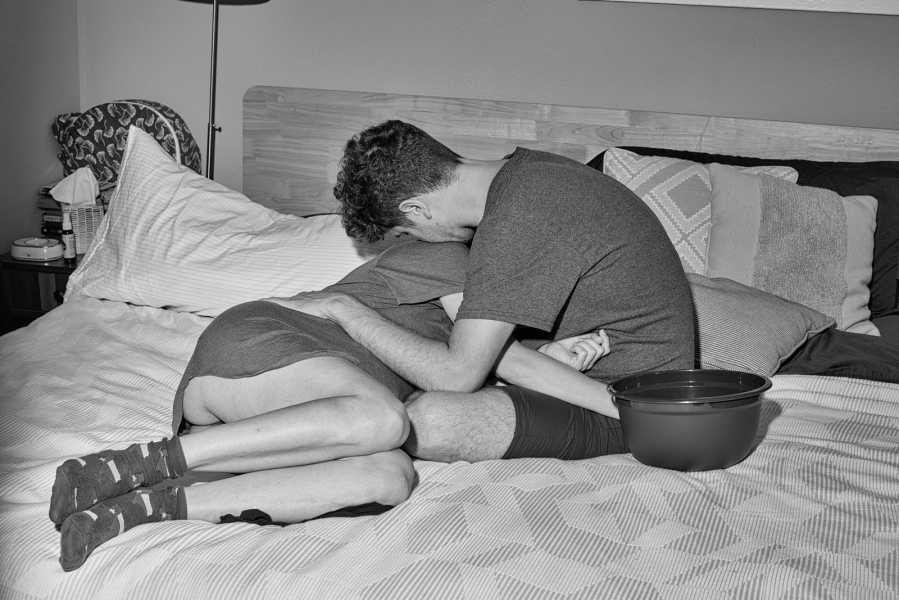
Babies born at home accounted for just one and a half per cent of total births in the U.S. in 2022 (the most recent year for which complete statistics are available). But this represented the highest over-all rate in some thirty years, and an increase of fifty-six per cent since 2016. The mothers-to-be whom Shannon photographed, she told me, were often “worried about laboring alone, or they thought that being in a hospital during a pandemic is pretty scary.”
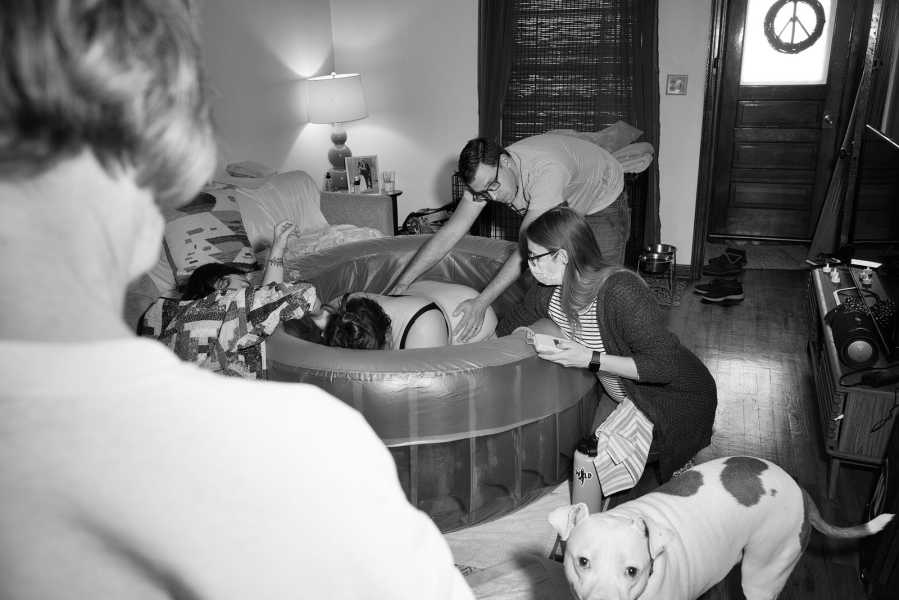
Shannon’s black-and-white images of childbirth in the COVID era eventually became a photo essay in the Times, and are now collected in a new monograph titled “Extreme Pain, Extreme Joy.” In these pictures, women breathe through contractions in their own bathrooms and beds, or push out their babies in inflatable birthing pools set up in the middle of their living rooms. The ordinary stuff of domestic life is evident all around them: laundry drying outside a window, or an older sibling’s toys strewn in a corner. In a quintessentially early-COVID image, a midwife sits alone in a cluttered kitchen, doing paperwork in an N95 mask. Childbirth is at once awe-inspiring and utterly quotidian in any context, but especially so when it’s happening right where you usually brush your teeth or watch TV.
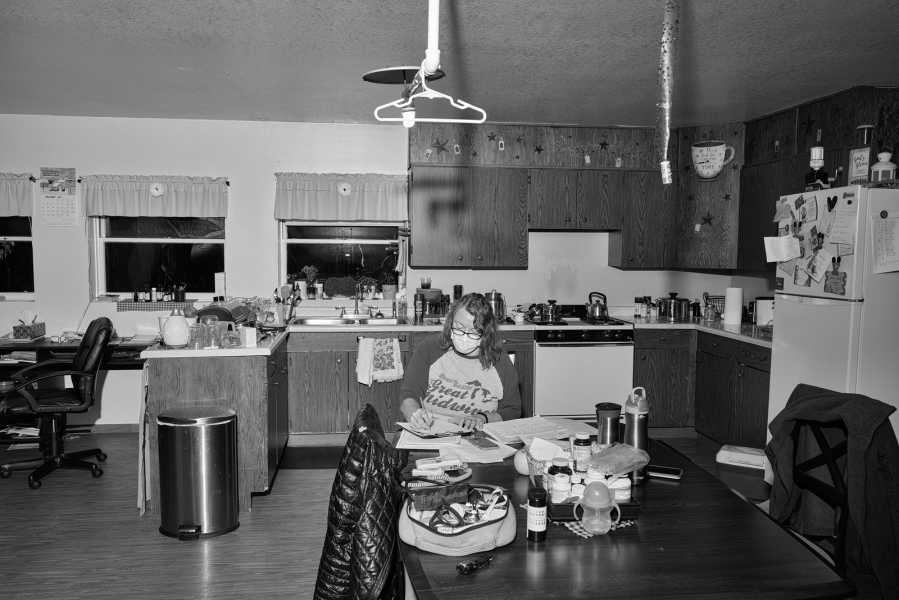
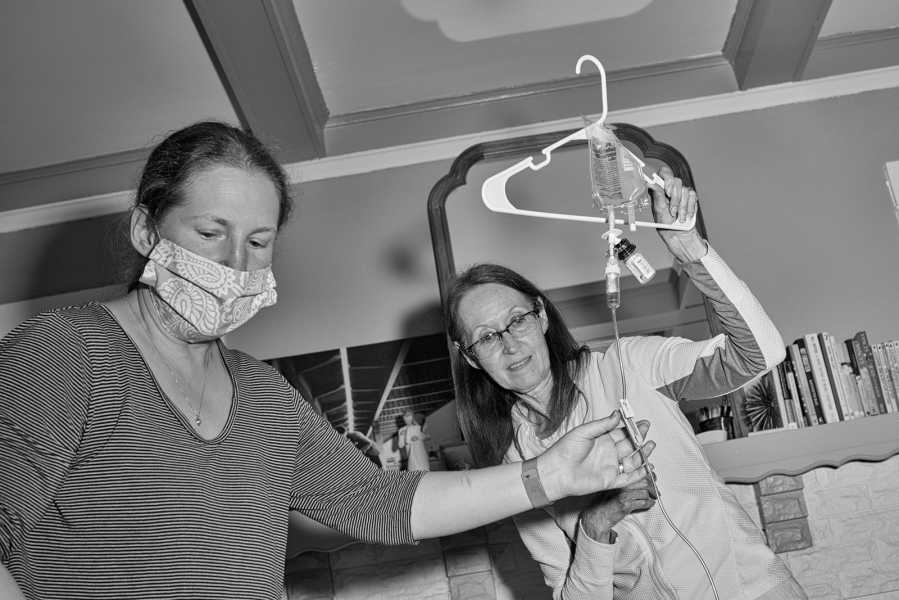
One of the touchstones for “Extreme Pain, Extreme Joy,” Shannon said, is W. Eugene Smith’s famous photo essay “Country Doctor,” published in Life magazine in 1948, about a heroically overextended general practitioner in rural Colorado. In both Smith’s and Shannon’s work, some of the pictures are imbued with rawness and urgency, while others have the artful angles and shadows of a still from a film noir. In one of Smith’s most memorable images, the doctor looks up sharply from an injured toddler he is tending to, his eyes big and startled; he might be asking an attendant for assistance, or maybe he’s simply taking a beat to steady himself. “Extreme Pain, Extreme Joy” has a rhyming shot: A father-to-be, bent over the birthing pool where his partner is sobbing in agony, looks over his shoulder, wearing a similar high-beam expression of stunned pause.
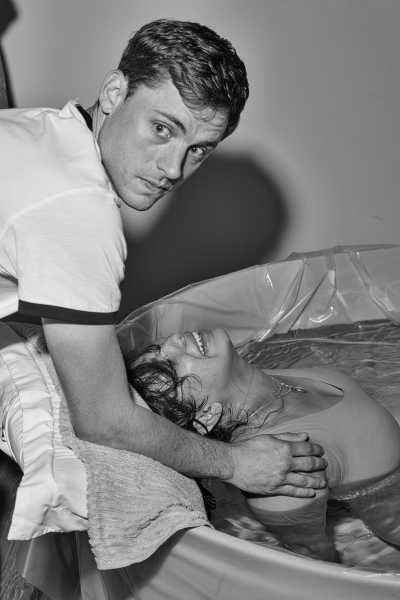
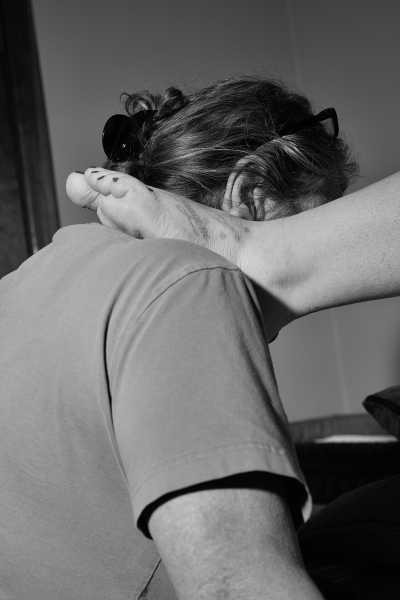
“Country Doctor” has personal resonance for Shannon, whose mother is a nurse and whose father is a paramedic. “I always found their work to be incredibly interesting and intimate,” she said. “ ‘Country Doctor’ highlighted the sense of care that they provided—it feels like this is a doctor who really knows his patients.” Shannon also sees “Extreme Pain, Extreme Joy” as of a piece with her photographs of patients, physicians, and nurses at a Maryland clinic that provides later abortions, which were published in The New Yorker, in February. “It’s all health care—it’s all wrapped together,” she told me. A pregnancy can end in many ways, from a later abortion to a home birth. The watchful, gentle competence of the ob-gyns, midwives, and nurses who see a pregnancy through to its end is a refrain across Shannon’s photographs, including one in “Extreme Pain, Extreme Joy” in which three midwives gather around a startled mother and her oven-fresh newborn, umbilical cord still attached. One of the midwives, Chemin Perez, is wearing the shy, proud smile of a job well done.
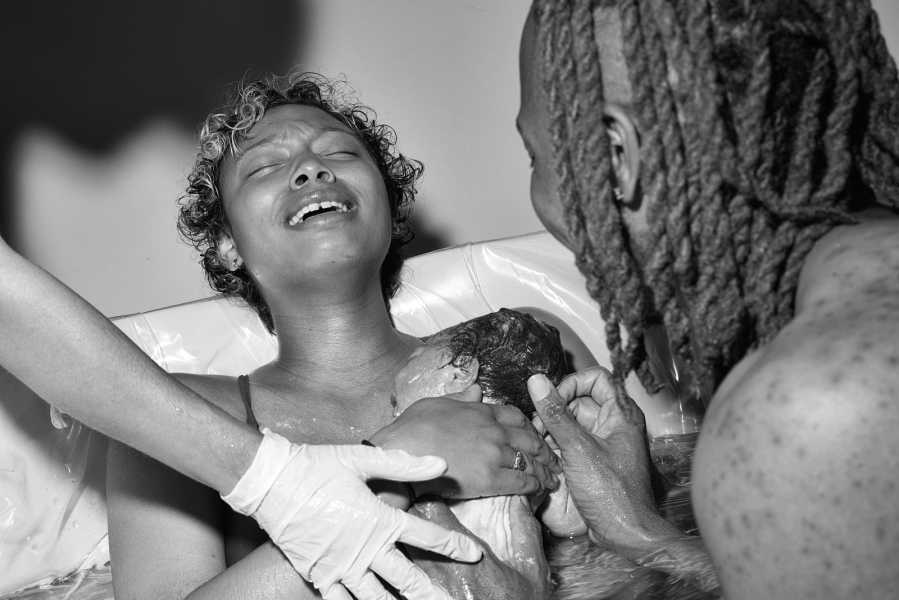
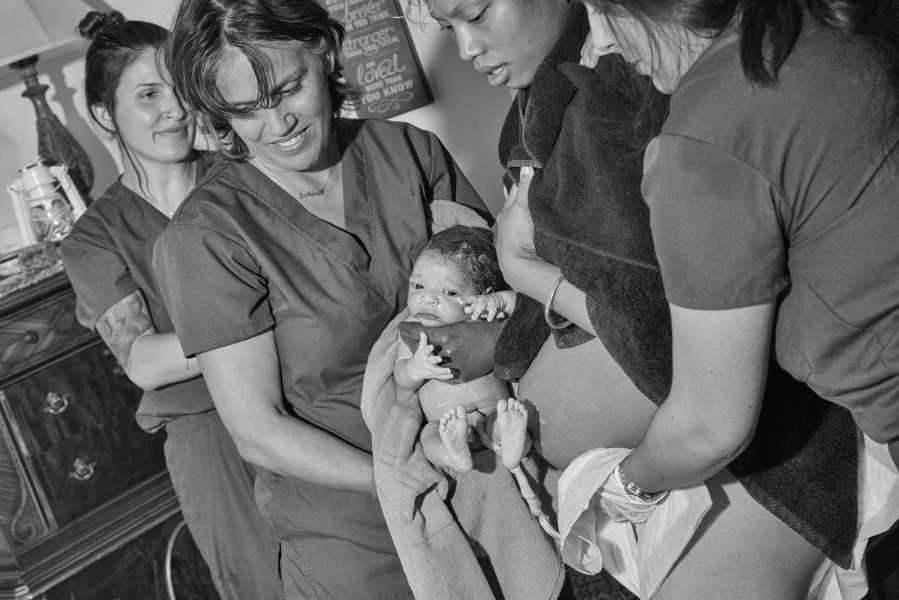
Shannon told me that she wanted to foster a spirit of closeness and trust—even of collaboration—with her subjects, who were allowing a virtual stranger into one of the most vulnerable, private, and pivotal life events that a person can experience. In a gesture of thanks for the new mothers’ generosity, she granted them a measure of editorial control in the form of veto power. “I showed them galleries of all the images beforehand to see what their comfort level was, and if there was anything they didn’t want to have shown,” she said. (Only one woman exercised her veto.) Shannon had been concerned that her photographs might be upsetting to one subject in particular, Lauren Sawson, who had transferred to a traditional hospital setting to avoid complications. But Sawson was quick to reassure her. “No, Maggie, I wasn’t there—you captured this, and I want to see what happened, what it was like, because I was just on a different plane,” Sawson recalled saying.
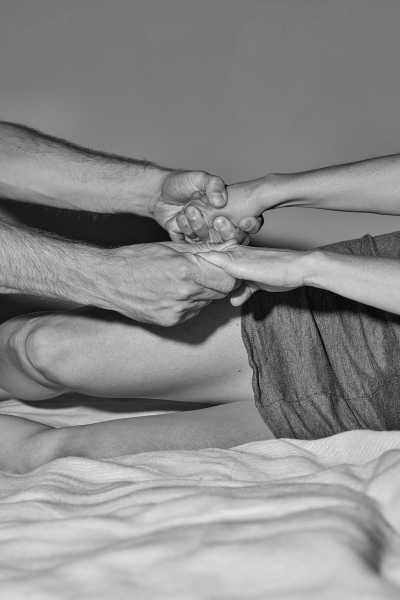
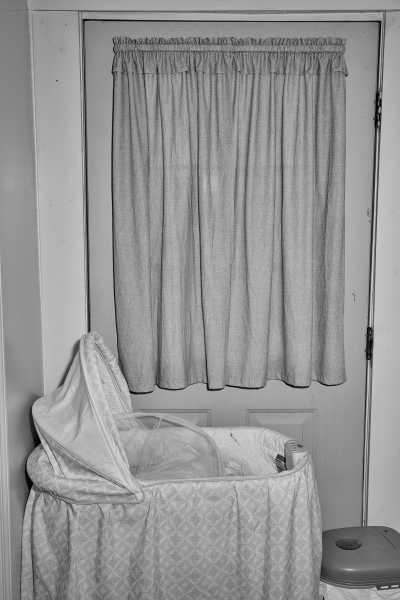
A paradox of giving birth is that you are irrefutably there—no one has ever been more there!—and yet not there at all. In all but one of Shannon’s images that portray a woman in the throes of labor, her eyes are shut: She cannot see what is happening because she is what is happening, turning one person into two. In studying these photographs, I suddenly remembered the moment, just after my second child was born, when I stood up too fast and looked down, completely unfazed, to behold myself covered in blood. Great bright globs of gore, falling splat-splat on the linoleum. Blood all over my arms and legs, blood stuck in my hair and crusting on my throat. Whose blood is this? How did this happen? It didn’t seem to matter much, now that the baby was here. But “Extreme Pain, Extreme Joy” made me realize, for the first time in the seven years since that night, that I wouldn’t have minded the chance to review some photographic evidence of how I got that way.
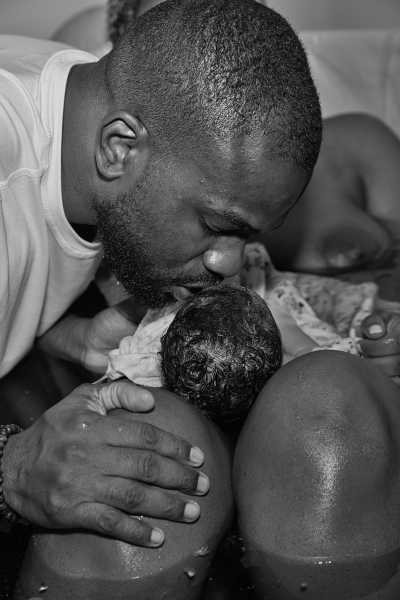
The science journalist Meehan Crist, writing about the birth of her son, describes her “conscious everyday mind . . . floating like pond scum on top of the vast, rich dark where I now laboured, a wordless inner world of sensation and drive to which I had never before had access.” It is perhaps beyond any artist’s abilities to intrude fully upon this world. Instead, the photographer can document the bright, hectic surface while the mother is consumed with her work deep underground. “It felt really good,” Shannon said of Sawson, “to be able to offer a different viewpoint of her experience that she feels like she missed.”
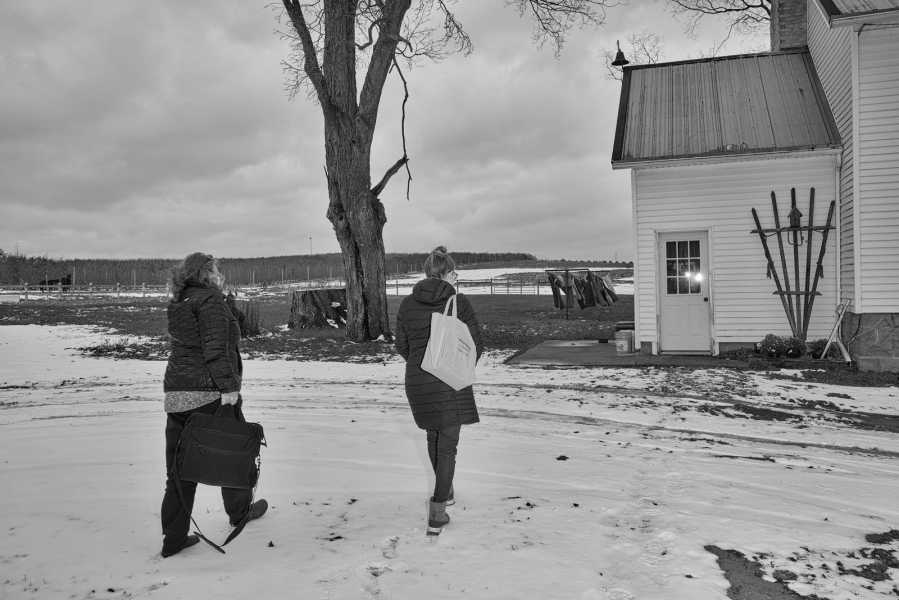
Sourse: newyorker.com
